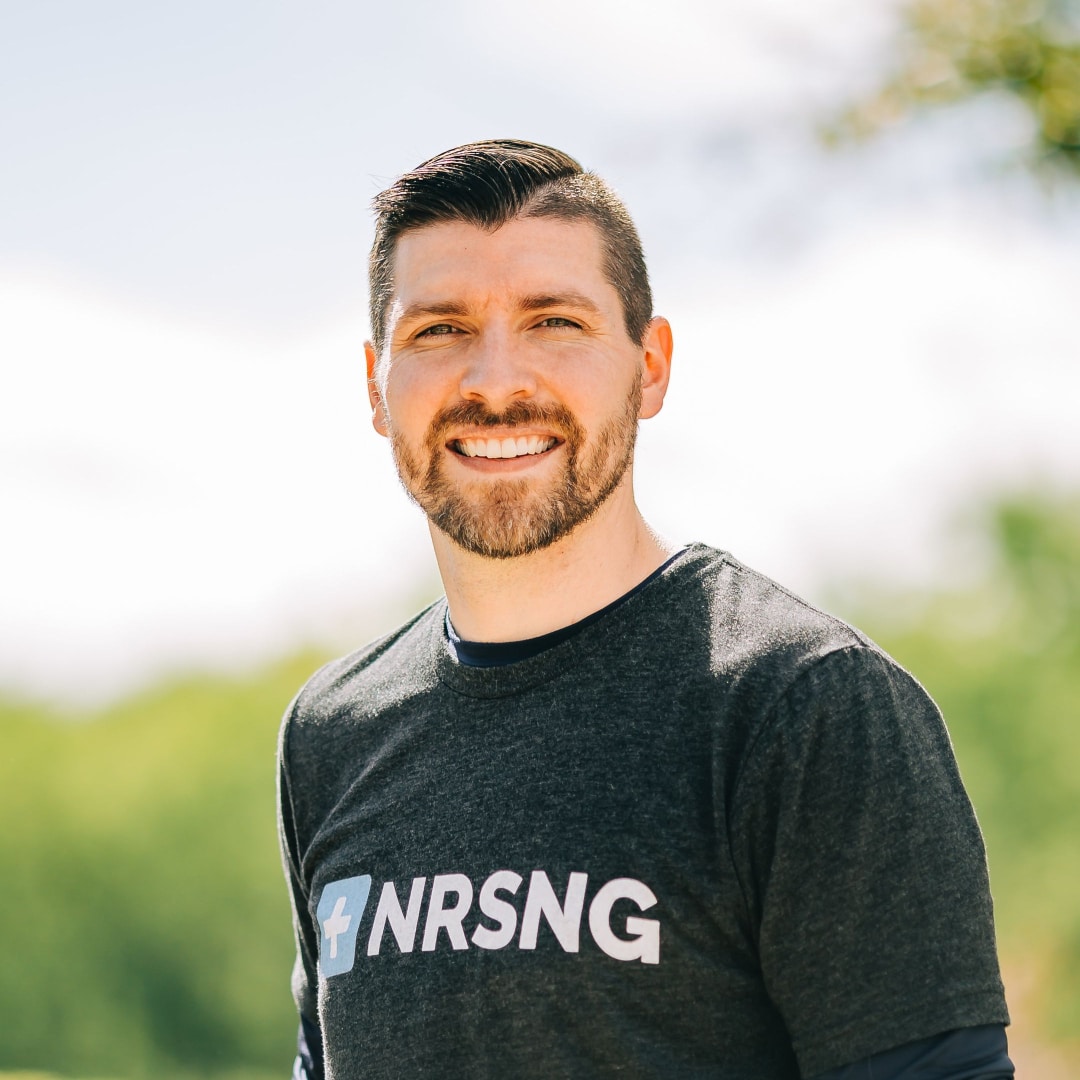High-Risk Behaviors
Included In This Lesson
Study Tools For High-Risk Behaviors
Outline
Overview
- High risk behaviors
- Types of behavior
- Causes
- What you can do
Nursing Points
General
- High risk behaviors
- Substance Use
- Drugs
- Alcohol
- Tobacco
- Risky sexual activity
- Diet & exercise
- Poor nutrition
- Sedentary lifestyle
- Other risky behavior
- Unsafe firearm use or storage
- Unsafe vehicular behavior
- Substance Use
- Causes
- Lack of general education
- Lack of understanding behavior
- Disregard
- What you can do
- Identify cause
- Educate patient on behavior
- Assess the ability of understanding
Nursing Concepts
- Safety
- Health Promotion
Patient Education
- Educate patient on types of high risk behavior
- Educate patient on likely outcomes associated with high risk behavior
Transcript
In this lesson, we’re going to take a look at high risk behaviors.
First off, we’re going to take a look at different types of high risk behavior. The reason we want to do this is we need you need to focus on identifying the cause of high risk behavior because it tells us what diseases or injuries the patient may run into and how we can be proactive in planning our care.
Drug, alcohol and tobacco are all high risk behaviors. Drug use leads to poor decision making, and also some lead to disease, as does alcohol. Tobacco use is high risk because it has been known to cause different types of cancers and oral and lung disease.
Risky sexual behavior (like unprotected sex or multiple partners) also leads to higher chances of contracting a sexually transmitted disease, which can sometimes have long term problems, or unplanned pregnancies.
Poor nutrition and lack of exercise may not seem like high risk behaviors, but there’s a ton of research in this area, and poor nutrition and low activity levels contribute to all sorts of long term illnesses, including diabetes, cardiovascular disease like stroke and hypertension, in addition to other disabilities.
There are also other types of risky behavior, such as unsafe use of firearms, or unsafe use of vehicles like texting and driving. And sometimes combining several of these issues create even much higher risk for injury or disease.
The idea here is identifying the different types of high risk behavior that could cause illness, injury or disease. But why does this happen? Let’s take a look at that.
In order to get a better understanding of high risk behavior, we need to understand why.
First off, a little evidence based practice for ya. There’s a ton of research in this area, and what the researchers have found is that there is support that low education levels actually have a relationship with high risk behaviors. What that means if a patient is poorly educated, they’re more likely to engage in things like smoking, drinking, drug use, or other risk behavior.
Now it also doesn’t mean that people who are highly educated aren’t clear of high risk behavior. Some patients just aren’t educated on the harms of a particular behavior, or they don’t understand the impact of the behavior on their health.
Then you have this other group of people who just don’t give a damn. And that’s the group that will frustrate you the most, I promise.
So how do we work to fix this issue? Let’s look at what you can do as the nurse.
Like we talked about before, identify the cause. What high risk behavior are they engaged it, and what do you think the cause is.
If it’s because the patient has a general lack of knowledge, then explain it to them. Educate them.
Is it because the patient doesn’t understand the impact of one particular behavior? Explain to them what could potentially happen to them in the long term. Some people just don’t understand it.
A real common one I’ve seen is people who don’t wear helmets when they ride motorcycles, because they say they aren’t going fast. Then I just tell them that I’ve taken care of those patients who’ve suffered traumatic brain injuries because they got plowed into by a much larger vehicle at an intersection. It happens, and sometimes you have to level with them because they may not understand that one particular thing.
Lastly, like I said before, some people just don’t give a damn. And that’s ok too. While it’s not ok, realize that people will make their own decisions, and as long as you do your part in educating them, show them that YOU give a damn about them, and that this is what you’ve seen and you don’t want it happening to them, then sleep easy at night.
This job isn’t always pretty, but I’ve always slept ok at night because I did my part, and you should do yours too.
Because you want to focus on finding those risks for your patient, the big nursing concept for today is safety, and also focusing on health promotion for your patient as well.
Ok, so let’s recap.
When we talk about high risk behaviors, what are they. Drugs, alcohol, nutrition, crazy decisions when driving…these are all high risk behaviors.
What causes them? Lack of education is a huge factor and so is apathy, or the lack of caring.
So what can you do? Educate them until you’re blue in the face, and then some. Remember, at the end of the day, if you did all you can to explain to them why they shouldn’t be drinking and driving, and they still don’t get it, then sleep easy. The ones who don’t care are far less than those who do.
That’s it for our lesson on high risk behavior. Make sure you check out all the resources attached to this lesson. Now, go out and be your best selves today. And, as always, happy nursing!!


